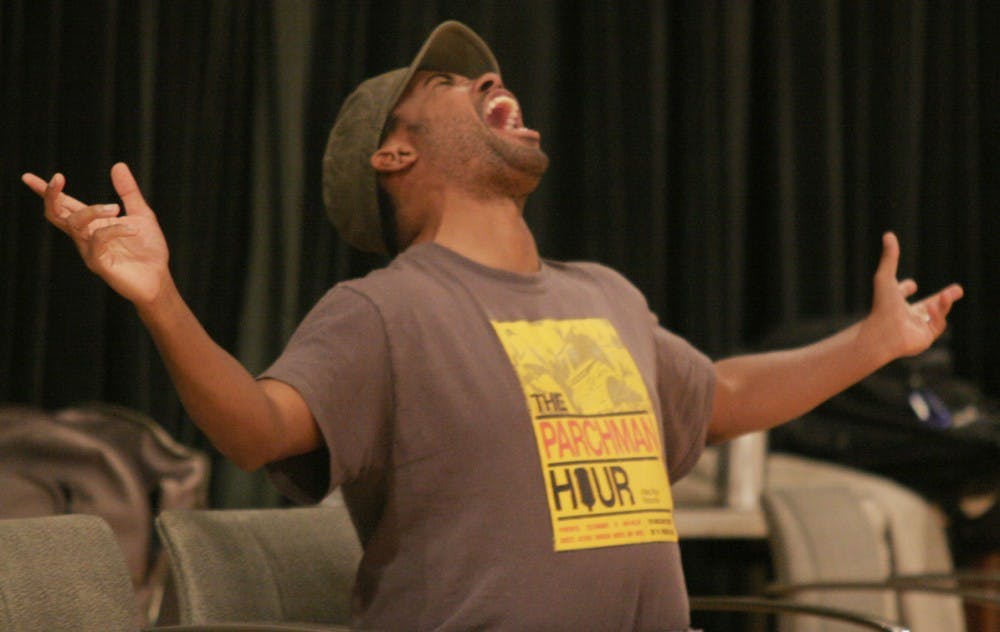PlayMakers Repertory Company’s production of “The Parchman Hour” doesn’t have a standout lead.
The play — experiencing its professional world premiere after a student workshop production through the Department of Dramatic Art last December — is ensemble acting at its best.
“Parchman” tells of the 1961 Freedom Riders through vignettes intertwined with mug shots and found footage projected onto 16 small screens acting as one.
At times, the characters interact while imprisoned at the brutal Parchman Farm prison, arguing, singing or joking.
Other times, parts of the ensemble duck to a different part of the stage to act out a story, subtly taking on new characterizations to fit the memories.
Most of these reflections felt like generic stories of racism in the ’60s — whites denying blacks entrance or service.
One of the most poignant was the story of a black man wanting a haircut and shave at the town barbershop. He was denied by the two white characters who were discussing, appropriately, UNC and Duke’s basketball rivalry.
What made the scene stand out despite its by-the-book depiction of racism and segregation in the south was the uncanny use of the actors.
The white barber was played by black actor Nilan Johnson, while the black patron was played by white actor John Dreher.




